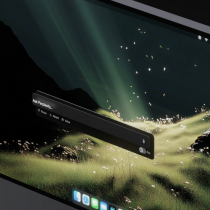The Apple Watch and your heart are very nearly in sync
Not all wearables will monitor your heart rate accurately. But out of the many devices out there, the Apple Watch (the 2015 version, at least) is one of the better ones, according to a study featured in the peer-reviewed medical journal, JAMA Cardiology.


































































